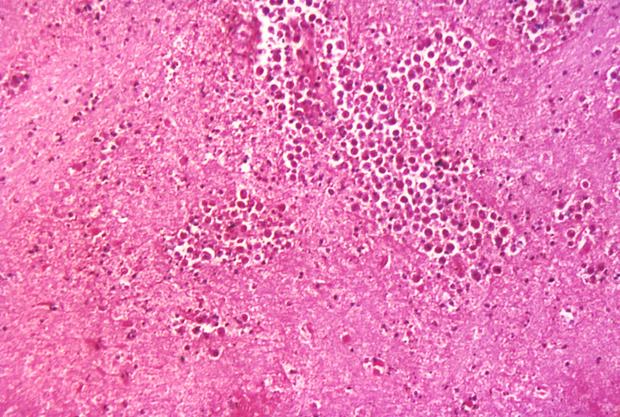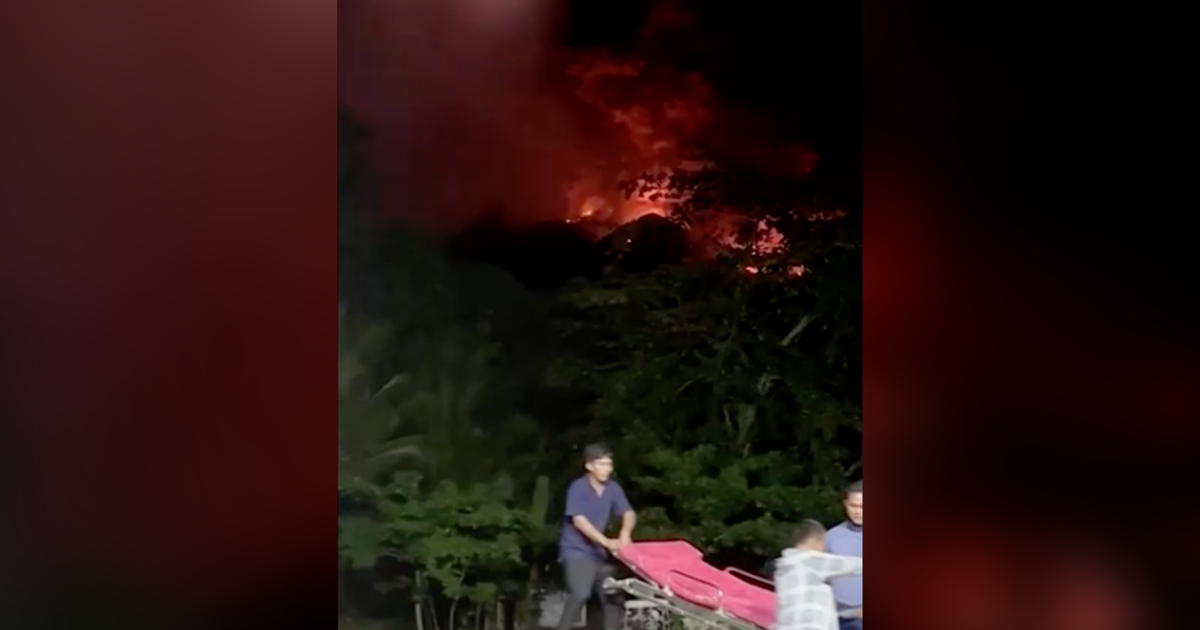Child dies from suspected brain-eating amoeba infection in Nebraska, officials say
A child has died from a suspected infection with Naegleria fowleri – or brain-eating amoeba – in Nebraska, health officials said Wednesday. If confirmed, it would be the first known death from it in the state.
Douglas County Health Director Dr. Lindsay Huse said Thursday that the child had gone swimming in the Elkhorn River on August 8 and began showing symptoms five days later. The Health Department had initially said in a statement Wednesday that the child had gone swimming Sunday.
The Centers for Disease Control and Prevention is conducting further tests to confirm if the infection was indeed brain-eating amoeba.
Huse acknowledged that, despite the rarity of infections, there is a "risk" of exposure in the county's freshwater sources. She said it's possible other people who were swimming in the area where the child was could have also been exposed to the amoeba without being infected.
"This was just a very unfortunate incident," Huse said.
The amoeba – which causes primary amebic meningoencephalitis – is present in many freshwater sources and it can infect people when water containing the organism enters the body through the nose and reaches the brain, typically while swimming or diving, according to the Douglas County Health Department. However, a person cannot be infected while drinking contaminated water, and it does not spread person-to-person.
Symptoms, which include vomiting, headaches, nausea and fever, usually occur within 1 to 12 days following an infection. It may progress into a stiff neck, seizures and other neurological symptoms.
Nebraska epidemiologist Dr. Matthew Donahue said that while millions of recreational water exposures happen each year, anywhere from zero to eight Naegleria fowleri infections are identified annually.
"Infections typically occur later in the summer, in warmer water with slower flow, in July, August and September. Cases are more frequently identified in southern states but more recently have been identified farther north. Limiting the opportunities for freshwater to get into the nose are the best ways to reduce the risk of infection," Donahue said in a statement.
Last month, a Missouri man contracted primary amebic meningoencephalitis while swimming in an Iowa lake. Huse said that incident and the Nebraska case were "not related," but noted that she has seen a trend of more cases popping up in more northern states.
"We haven't necessarily seen it this far north before," Huse said. "This is, of course, the first case that we've identified here in Nebraska. And that's really due to the fact that our regions are becoming warmer, we're having drought conditions more frequently. And this organism really loves heat and moisture. So as things warm up, the water warms up and water levels drop because of drought, you see that this organism is a lot happier and more typically grows in these situations."
Throughout the summer, cases of brain-eating amoeba have been identified in other states. A Florida teen was hospitalized after the rare brain-eating amoeba got in his nose and infected him.





